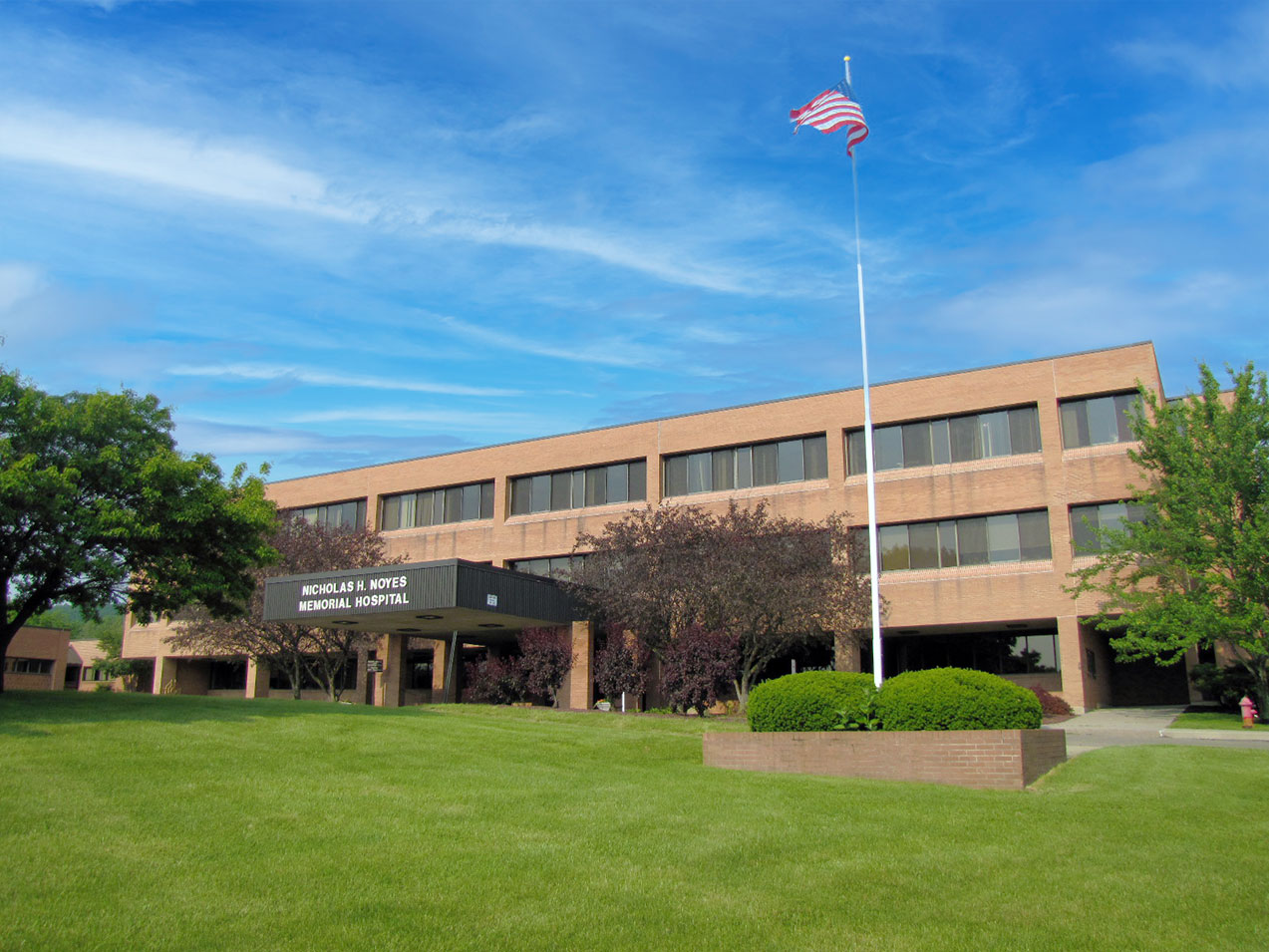Brain & Spine Tumors
Make Appointments & Get Care
What Are Brain & Spine Tumors?
Brain and spine tumors are abnormal growths found in the brain, spinal cord, and/or surrounding tissues. Tumors are either benign (non-cancerous) or malignant (cancerous).
Both benign and malignant tumors can grow near important structures and affect the way your brain and nerves function, which is why treatment is so important.
There are many types of brain and spine tumors, including:
Benign tumors
- Acoustic Neuroma, also known as Vestibular Schwanomma — develops along the vestibulocochlear, or 8th, cranial nerve.
- Choroid Plexus Tumor — develops in the cells that make the fluid that surrounds the brain and spinal cord.
- Craniopharyngioma — develops near the pituitary gland and above it, at the base of the brain near the optic nerves that connect the eyes to the brain.
- Meningioma — develops in the membranes around the brain and spinal cord. It's the most common type of benign brain tumor.
- Neurofibroma — develops within the protective lining of a nerve. This is the most common type of nerve sheath tumor.
Malignant tumors
- Brain Metastases — lesions in the brain that have spread from a cancer somewhere else in the body.
- Choroid Plexus Carcinoma — forms in the cells that make the fluid that surrounds the brain and spinal cord.
- Glioblastoma — forms in the brain or spinal cord in the cells that support nerve cells, called astrocytes.
- Glioma — develops from glial cells, includes oligodendrogliomas, astrocytomas, and ependymoms.
- Medulloblastoma — forms in the part of the brain called the cerebellum. It’s the most common type of cancerous brain tumor in children.
- Peripheral Nerve Sheath Tumor — very rare sarcomas that develop within the protective lining of a nerve.
Symptoms will vary based on the type of the tumor, the size, and the location of the tumor. Common symptoms include:
- Extreme and frequent headaches
- Nausea of vomiting
- Blurry vision
- Fatigue
- Difficulty with balance
- Difficulty with memory
- Speech problems
Brain and spine tumors are caused by a change in the DNA in the brain cells, which can lead to a growth of extra cells. For most brain and spine tumors, the cause of the DNA changes is not clear. Certain factors including genetics, radiation exposure, age, and race may impact your risk of getting a brain or spine tumor.
If you have a suspected brain or spinal tumor, let us help you.
Wilmot Cancer InstituteUR Medicine's Treatments for Brain & Spine Tumors
The Brain and Spinal Tumor Program within Wilmot Cancer Institute is a multidisciplinary clinic where neurosurgery, neuro-oncology, and radiation oncology experts provide specialized and individualized care. Treatment includes:
- Radiation
- Chemotherapy
- Neurosurgery
The Brain and Spine Metastasis Program at Wilmot Cancer Institute is a multidisciplinary service line focused on the care of patients with metastatic cancer to the central nervous system and spine.
Depending on the type of tumor you have, chemotherapy may be part of your treatment plan.
Chemotherapy is any type of drug that works to kill tumor cells or prevent tumors from growing.
The chemotherapy that we use most commonly in brain tumors is called temozolomide (Temodar®). It works by killing the rapidly growing cells in the tumor and slowing tumor growth. It comes as a capsule and can be taken at home.
Other chemotherapy regimens used for brain tumors include:
- Carmustine (BCNU)
- Lomustine (CCNU)
- A combination of three drugs called PCV (procarbazine, CCNU and vincristine)
Patient Stories
Coming to UR Medicine Saved Petro's Life
What Sets Us Apart?
UR Medicine's Wilmot Cancer Institute provides world-class cancer treatment and care and conducts pivotal research. The goal is to prevent and conquer cancer through innovation in science, patient care, education, and community outreach.
The Brain and Spine Metastasis Program at Wilmot Cancer Institute is centered on neuro-oncology, CNS radiation oncology, and neurosurgical oncology. It also integrates focused specialists from neuro-pathology, neuro-radiology, neuro-anesthesiology, neuro-palliative care, neuro-surgical ICU, and neuro-specific nursing care.
With the introduction of new medical therapeutics, radiation technology, state-of-the-art neurosurgical techniques, and access to an expanding number of national clinical trials, more focused treatments dedicated to this disease process have emerged as the new standard of care.
Locations
View All LocationsWe serve you in the Rochester metropolitan area and surrounding region.
View All Locations4 locations
Noyes Memorial Hospital
111 Clara Barton Street, Suite 178A
Dansville, NY 14437
1340 Washington St, Suite 3
Watertown, NY 13061
